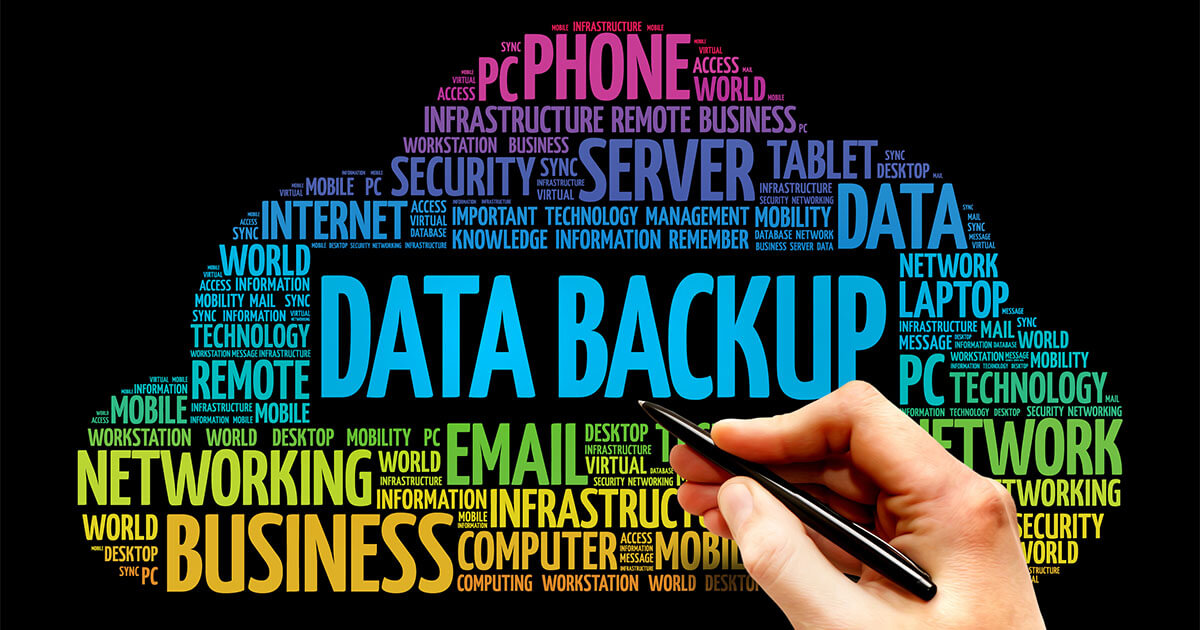What are digital and analogue data rooms?
Data rooms enable companies to share confidential documents with others. Data rooms tend to be used for mergers, sales or other business transactions. There are digital data rooms as well as location-based ones.
What’s a data room?
Data rooms originated alongside the process of due diligence. Due diligence is the careful examination of documents related to the sale of a property, a company or its shares as well as prior to an initial public offering (IPO). Both parties, the seller and the buyer, examine all available data and information to identify and, if possible, eliminate risks and problems before the purchase takes place. They do this in a what’s known as a data room.
Originally data rooms were physical rooms in which the two parties, and occasionally external parties such as tax and business consultants or auditors, would carefully review all existing documents without restrictions or external distractions. However, digital data rooms now perform a similar function and are able to accommodate globalisation and the changing demands of the business world. The goal of any digital data room is to provide both parties with fair and unrestricted access to all important documents while also protecting the stored data from unauthorised access.
What types of data rooms are there?
Data rooms can be divided into two groups. Although there are some overlaps and special cases, the common names for data rooms are as follows:
Location-bound data rooms
Originally data rooms were physical rooms that all authorised parties had access to. This type of data room is still in use today. In location-bound data rooms, users benefit from personal contact with one another, and the risk of hacking or other cyberattacks is lower. Data rooms are often set up in a neutral location to ensure maximum transparency. Law firms, for example, tend to have them. All relevant documents are then kept in this data room for the duration of the due diligence process and closely reviewed by the authorised persons. The parties agree on the exact rules in advance.
Digital data rooms
However, the practice of location-based data rooms isn’t always advantageous. For parties operating at great distances, the use of a physical data room may cause delays. For this reason, many companies now rely on virtual data rooms.
Security is paramount in digital data rooms. The cloud solution used must be able to ensure that only authorised persons have access to the information, which is often very sensitive. Unauthorised duplication or disclosure of documents and unauthorised access are not permitted in digital data rooms. A strong security architecture, suitable encryption procedures, strict access rights and strong passwords ensure that virtual data rooms are as secure and reliable as their physical counterparts. Designated administrators are assigned rights and maintain an overview of all activities taking place within the data room.
What are green and red data rooms?
Digital and physical data rooms are further subdivided by usage and different authorisations. This is referred to as a green or red data room.
Green data rooms
Green data rooms are accessible at all times to all persons involved in a potential transaction. Respective parties will usually sign a confidentiality agreement and are then introduced to the procedures, obligations and restrictions of the data room. They can then access all documents. In the case of a physical data room, they’re given unrestricted access. In a digital room, they’re provided with all relevant access authorisations and passwords. Depending on the rules that have been established, the access and duration of individual participants may be recorded in an attendance log.
Red data rooms
Red data rooms are different. Here, only select people are allowed to enter. Access is severely limited and is often granted almost exclusively to persons who are already professionally bound to secrecy. This applies, for example, to lawyers, auditors and tax consultants.
It’s possible for a red data room to be launched during the last stages of a transaction. Access is then granted only to select employees involved in the final steps of the deal. This ensures the details of a transaction remain confidential.
Preparation for data rooms
Some preparation must be undertaken before a data room can be opened. All parties must determine and confirm the rules, content and users of the data room(s). This procedure is important for both virtual and physical data rooms. It ensures a smooth and, above all, legally compliant process. The following precautions are particularly important to take before using a data room:
Rules of a data room
When agreeing to use a data room, valid rules should be established that all parties agree to adhere to at all times. This simplifies processes and ensures they’re fair for all users. Once signed, the rules are binding. It’s no longer possible to change them afterwards.
Common rules for data rooms include, for example, establishing an attendance list or banning copies and photos. Note-taking may be permitted. Generally, documents are not to be added to or removed from data rooms. In the case of location-based data rooms, a neutral supervisor ensures that the rules are observed.
Content of data rooms
The content of a data room is determined in advance. Often, audited and certified annual financial statements, articles of association or an up-to-date overview of staff are part of this content. An interested party can gain a comprehensive overview of a business by viewing this data. Nevertheless, certain business secrets must be preserved to avoid risking competitive disadvantages if a sale doesn’t materialise. For example, sales returns usually aren’t part of the documents in data rooms. The parties and their representatives discuss the scope of the information prior to setting up the room.
Authorised persons
Who is granted access to a data room must be defined and recorded in advance. This usually applies not only to the companies involved, but also to external consultants and experts. All parties involved are listed prior to conducting due diligence. They familiarise themselves with the rules and must sign a compliance document. A confidentiality agreement is part of the procedure.
What are the advantages of data rooms?
Physical and virtual data rooms have several advantages for business transactions. Data rooms ensure that all parties involved agree to binding rules and work with the same structured data sets. Rule violations are rare because of the neutral environment and the presence of an independent authority controlling the process. Attendance registers make it possible to reconstruct individual steps and ensure efficient working.
Digital data rooms offer great flexibility and independence. Different teams can review documents simultaneously or independently and free from spatial restrictions. Data can be prepared and shared in an optimally structured manner. The challenge here is keeping data stored in the cloud secure, thus preventing unauthorised persons from gaining access to sensitive information.
Looking for a secure and flexible foundation for your data rooms? Buy a cloud server from IONOS and benefit from high availability, scalability and ISO-certified security.
When are data rooms used?
There are plenty of different scenarios where digital and physical data rooms are practical. In merger and acquisitions (M&A), the data room continues to be a valued and proven practice. IPOs, insolvency proceedings or restructuring of companies can also be optimally prepared in data rooms. In addition, data rooms are used for investor reporting, real estate transactions or before a company is commissioned. This model is a good choice when sensitive data is to be made available to a specific group of people while also maintaining the highest security standards possible.






